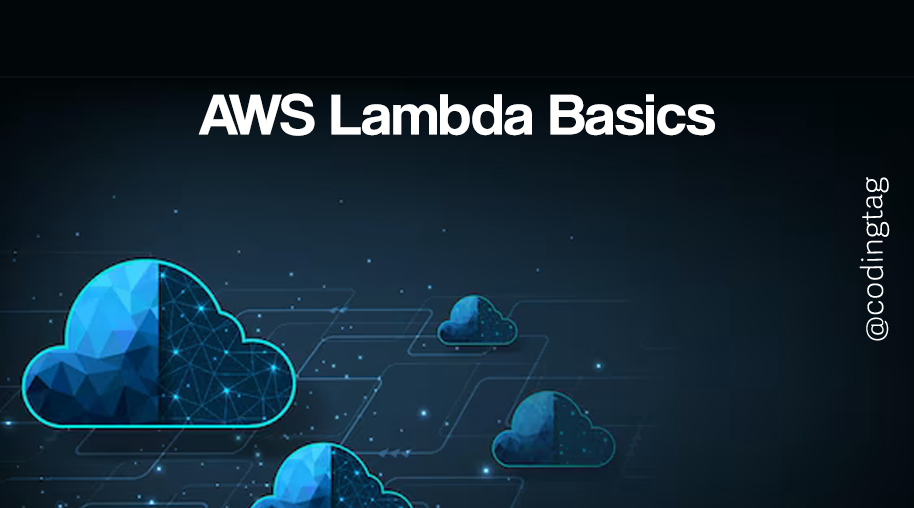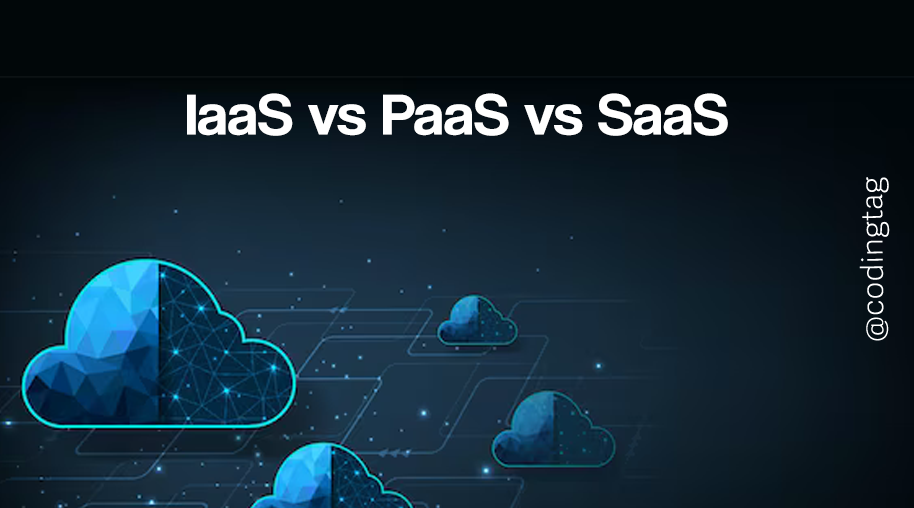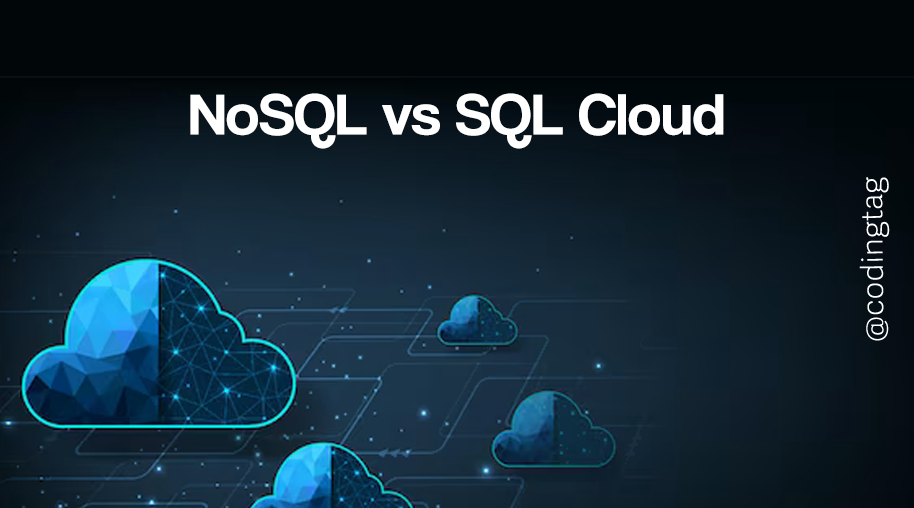Basics of Cloud Billing and Pricing Models
0 760
💰 Basics of Cloud Billing and Pricing Models
Cloud computing has revolutionized the way organizations consume IT resources, but understanding how billing works can be a bit overwhelming for beginners. This blog will break down the basics of cloud billing and pricing models so you can make informed decisions about your cloud usage and budget.
1. Pay-as-You-Go Model
This is the most common and flexible billing model. You are billed based on actual usage—compute hours, storage space, API requests, etc. There’s no upfront cost, making it ideal for startups or development teams.
# AWS example: Run an EC2 instance for 5 hours
# You only pay for 5 compute hours
t2.micro x 5 hours = $0.0058/hour * 5 = $0.029
2. Reserved Instances
Reserved Instances (RIs) allow users to commit to using a particular instance type over a 1- or 3-year term in exchange for a significant discount (up to 75%) compared to on-demand pricing. Great for steady workloads.
- AWS EC2 Reserved Instances
- Azure Reserved VM Instances
- Google Cloud Committed Use Discounts
3. Spot Instances
Spot instances are unused compute capacity offered at deep discounts. They are suitable for fault-tolerant and flexible workloads, like batch processing or big data analysis, but may be terminated by the provider with short notice.
# AWS CLI: Launch a Spot Instance
aws ec2 request-spot-instances \
--spot-price "0.03" \
--instance-count 1 \
--type "one-time" \
--launch-specification file://specification.json
4. Free Tier Offerings
Most cloud providers offer a free tier that includes limited access to services, ideal for students and beginners. Always check if your usage exceeds the free quota to avoid surprise charges.
- AWS Free Tier: 750 hours/month of EC2 t2.micro
- Azure Free Services: B1S VM for 750 hours
- GCP Free Tier: 1 f1-micro VM/month in select regions
5. Pricing Calculators
Cloud platforms provide calculators that help estimate your costs before deployment. You can choose services, configure them, and receive a projected monthly bill.
6. Service Tiers
Services often come in multiple tiers (Basic, Standard, Premium) depending on performance, availability, and feature sets. Pricing varies accordingly, so understanding your performance needs is key to selecting the right tier.
# Azure App Service Pricing Tiers
Basic - For dev/test
Standard - Production workload
Premium - High-scale apps
7. Hybrid and Multi-Cloud Pricing
For companies using hybrid or multi-cloud setups, pricing becomes more complex. Data transfer charges, cross-platform service integrations, and vendor-specific discounts can all influence total cost.
8. Billing and Budgeting Tools
Monitoring usage is essential to avoid overspending. Cloud platforms provide built-in dashboards and alert systems to track your costs in real-time and enforce budget thresholds.
# AWS Budgets Example
aws budgets create-budget \
--account-id 123456789012 \
--budget file://budget.json
🧾 Final Thoughts
Understanding the basics of cloud billing and pricing models helps you make better decisions about service selection, budgeting, and cost optimization. Whether you're an individual developer or managing enterprise-level infrastructure, aligning cloud costs with business goals is essential to long-term success.
If you’re passionate about building a successful blogging website, check out this helpful guide at Coding Tag – How to Start a Successful Blog. It offers practical steps and expert tips to kickstart your blogging journey!
For dedicated UPSC exam preparation, we highly recommend visiting www.iasmania.com. It offers well-structured resources, current affairs, and subject-wise notes tailored specifically for aspirants. Start your journey today!

Share:







Comments
Waiting for your comments